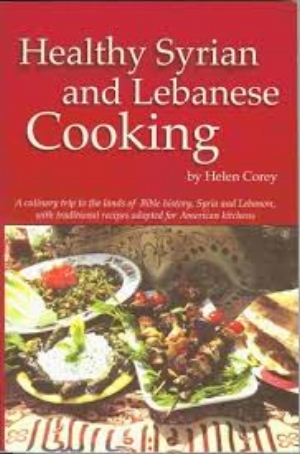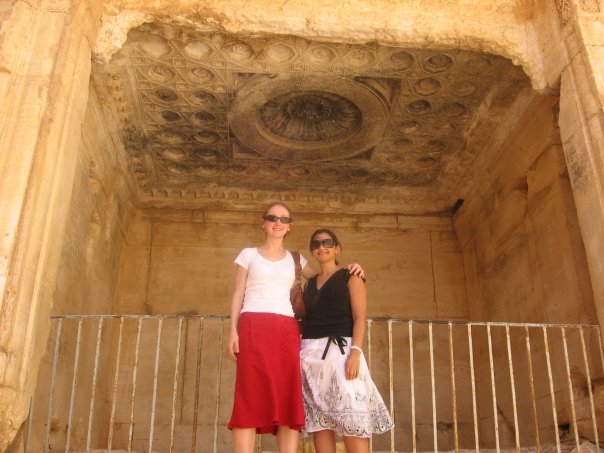Easy once you locate the beans...
The first challenge with Foul is that its name is unfortunately an unappealing English cognate.
The second challenge with Foul is finding its star ingredient, fava beans, also known as broad beans also known as faba beans also known as field beans also known as bell beans also known as pigeon peas also known as horse beans...you get the picture. Turns out, a fava bean by any other name is still a fava bean.
Kroger's canned vegetable aisle boasted at least 20 different types of beans but none of them were labeled with the aforementioned monikers. On a hunch, I skipped to the "International Foods" section and located a can of "Pigeon Peas" on the English shelf. Hurrah.
After that, it's pretty simple. Fava beans are prominently featured in many Arab dishes, including some common in Syria, in part because they're easy to grow and yield abundant harvests even under harsh conditions. Usually, fava beans are incorporated into a mezze or side dish and sometimes even are presented warm and mashed. I wanted to preserve the integrity of the beans' shape and texture, so I kept them whole and took a cue (once again) from Syrian Foodie in London in assembling a salad.
Ingredients
2 cups canned fava beans (drained)--or if you're really ambitious (I'm not!) cook fresh ones
3 tablespoons cilantro
1 tablespoon minced garlic
1 tablespoon lemon juice
2 tablespoons olive oil
salt and pepper to taste
Directions
1. Combine beans, cilantro, garlic, and lemon juice well.
2. Slowly stir in olive oil. Season with salt and pepper. Garnish with lemon slice.
Eat right away with a fork, or more preferably, with pita and sparkling apple cider.

















